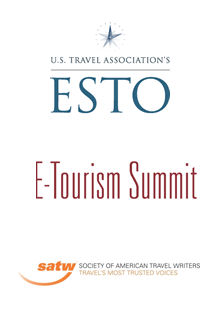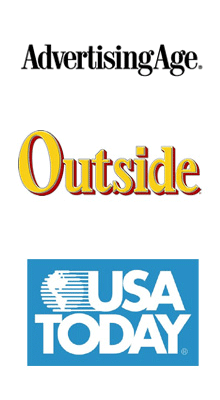Call it a natural evolution of business. As new methods and technology become integrated into our corporate culture, the need for thought leaders to address and lead our organization through these revolutions becomes an increasing necessity.
The creation of the CIO or CTO position…Chief Information Officer or Chief Technology depending on your HR handbook…was a direct result of the technological progress over the last half of the 20th century.
It seems that we are crossing into another decade of change in the structure of our organizations, one focused on the assimilation of interactive technology and marketing into the very fabric of business.
Is it time for the creation of the CiO position? Or, the Chief Interactive Officer.
With a nod to our counterparts in Information Technology or simply IT, let’s acknowledge that IT and Interactive are two very separate disciplines with a vast amount of interconnections.
This is not to say that IT professionals are completely unfamiliar with the strategies and techniques of Interactive Marketing, nor are Interactive peers uncomfortable with servers, data systems and SaaS. However, it should be recognized that both portions of the average business have grown and advanced to the point where a basic ‘technology’ FTE will no longer be able to manage both pieces of this very advanced puzzle.
At the very least, let us recognize that even the smallest organization needs to have a specific staff member dedicated to the management of interactive marketing. Even if the interactive portion is only a fraction of their overall responsibilities.
Sure, you could hire an outside agency, but like most client / vendor relationships, in the end, if interactive marketing is critical to the success of your business, the additional of a focused FTE is a necessity, not a luxury.
In simple terms, the opportunities in the interactive space are continuing to expand with no end in sight. Twitter may very well disappear into the lonely world of online oblivion (say ‘Hi’ to Geocities for us!), but the idea of social connections will not be placed back into its box so easily.
Like the telephone, television, radio, print, etc, etc. these new ‘interactive’ communication methods require comprehension and planning from our organizations. They require leadership, experience and strategic planning. Thoughtful consideration and measured implementation. A mind and mentality that is a blend of marketing, tech, legal expertise and just enough common sense to stay relevant with ‘Joe Consumer.’
Interactive marketing demands a new kind of employee.
The Chief Interactive Officer.
Now, let’s start writing that job description.












